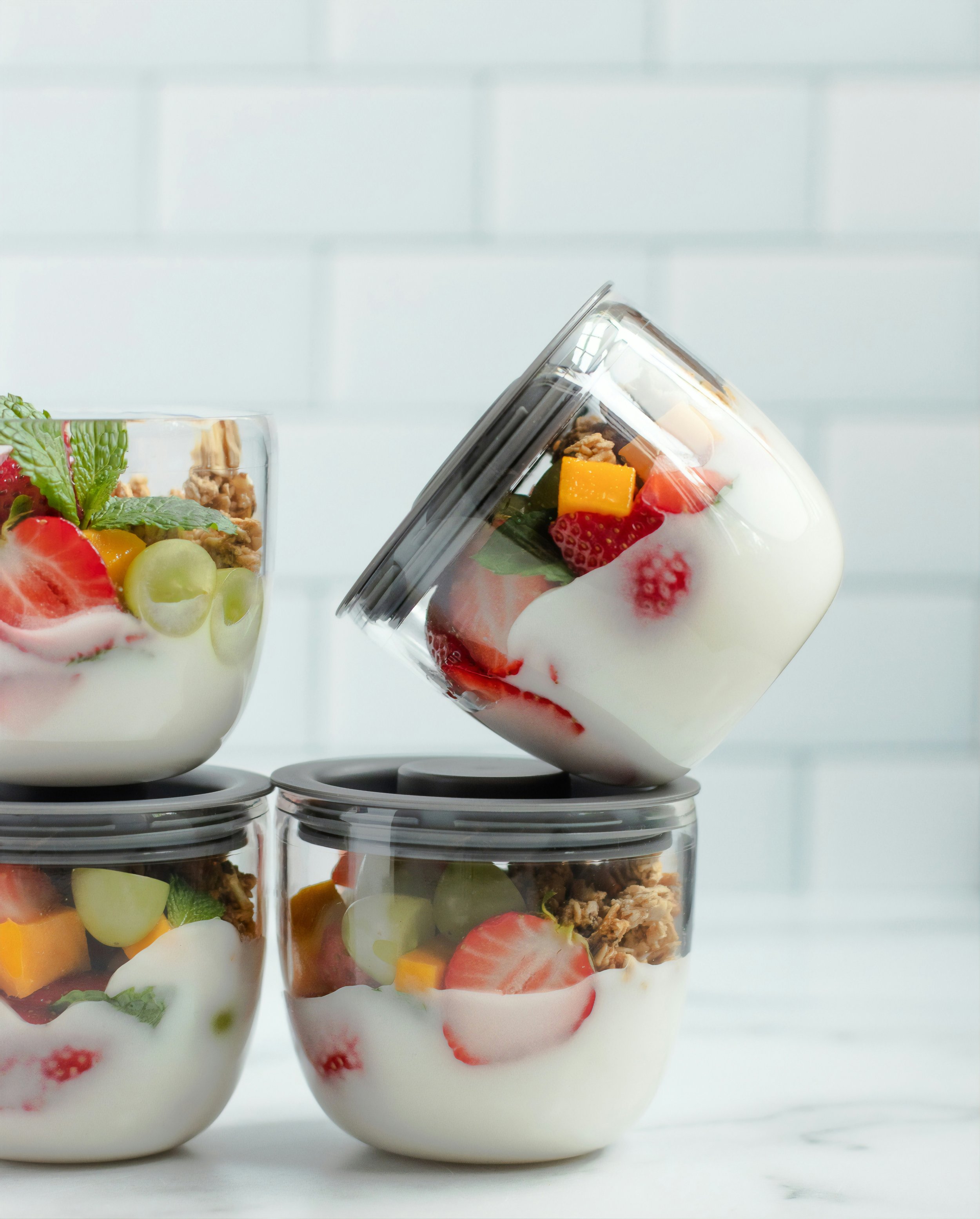Meal Prep In 5 Easy Steps
Meal prepping prepares whole meals ahead of schedule so you can enjoy the ready-made entrees later in the week. Meal prepping is exceptionally helpful if you are trying to eat healthier and make better choices in the ingredients you put into your body. However, meal prepping is a challenging feat for those with busy schedules. While it saves you time later, some complain that planning, grocery shopping, prepping, and cooking the dishes takes too much time out of their busy lives. You might also want more variety than eating the same dish every day for a week.
5 Strategies to Build Your Meal “Tool Kit”
Plan.
The first step to creating a healthy meal-planning habit is to pick a day of the week that will be designated for meal planning. Many people find that Sundays work best, but the best day for you may be a weekday. Next, think about where all the members of your household will be this week. Will they be home for every meal, eating out once or twice, does anyone have late meetings or practices? Could anyone in the household benefit from leftovers? Identifying who will be eating at home this week will help you choose the right quantity of food to buy so that you don’t have too little or too much. Start with recipes that are familiar to you and your family members. Tried and true recipes will be much easier to plan at the beginning of your new meal-prepping habit. You are already familiar with the ingredients, cooking times, and volume. Choose 2-3 protein-packed recipes, 3-5 vegetables, a variety of fruit, snacks, condiments, spices, and miscellaneous items you know you will need. Depending on your family’s needs, you may want to double up on some of the protein-packed meals for leftover use.
Don’t forget your containers. Glass and stainless steel are healthier than plastic, and last longer. Look online for sales on multi-item food containers in different sizes.
Have your groceries delivered.
While it may cost you a small delivery fee, you will save time that you can devote back to meal prepping. You likely will save money by not picking up items in the store that aren't on the list. Most grocery stores offer easy and convenient online ordering systems with pickup or delivery options, and grocery delivery services like Instacart are great choices too. Make sure to have the groceries delivered before your designated time and day you plan to prep!
Prioritize protein.
Protein is an essential macronutrient that improves muscle mass, boosts metabolism (protein has the highest thermic effect of food) and fat burning, improves your immune system, repairs tissues, and plays an important role in hormone regulation amongst many other things. It’s also the most satiating macronutrient, helping you feel fully for longer, supporting a weight loss journey. When making your grocery list, choose a variety of healthy proteins that are nutrient-dense to build your meals around, such as fish, poultry, beef, eggs, tofu, beans, and legumes. Both fresh protein, and canned protein are beneficial when meal prepping. Canned tuna, salmon, oysters, sardines, and mackerel are nutrient-dense ingredients to use for quick, easy meals.
Consider ordering from direct-to-consumer companies that focus on clean protein (wild-caught and sustainable seafood, grass-fed meats, pasture-raised eggs, poultry, lamb, and pork). Check out our favorite rancher for clean, regeneratively raised cattle and save 5% on your order using code JFWELLNESS.
You can also add protein powder to premade, quick, on-the-go yogurt parfaits to make sure you are getting enough protein at every meal. Invest in a high-quality protein powder, one made with clean ingredients and not laden with sugar, additives, and preservatives. If you struggle with planning breakfast, a good protein powder is an easy hack for you to add in that extra 30 grams without cooking. Check out our favorite protein powders here.
Keep it simple.
Meal planning doesn’t have to be complex. Pick ingredients that can be used in multiple dishes to reduce the size of your grocery list and avoid waste, such as roasted sheet-pan vegetables, and a variety of shredded crockpot proteins. Choose recipes that involve minimal ingredients and steps so that you aren’t spending hours in the kitchen on one meal, such as recipes that use an air fryer, crockpot, Dutch oven, or Instant Pot. Think about proteins that will be useful for leftovers, for example, roasted chicken, ground taco meat, shredded pork, or salmon. These can be thrown in salads and wraps to add variety to your meals. Find convenient swaps, such as a rotisserie chicken already cooked for you or pre-cut or frozen vegetables to save time in the kitchen.
Add flavor with easy sauces.
Sauces are a great way to liven up your meals and create diversity in your dishes. If you know you are going to get tired of eating the same lunch by Wednesday, consider making a couple of easy sauces, or stock a few clean marinades and dressings, to swap on your meals to change up the flavor profiles. Homemade blender sauces aren’t complicated and will last you a few weeks. Plus, homemade sauces bring in healthy fats, and you control the ingredients, omitting seed oils and added sugars. Sauces bring big flavors to proteins like grilled chicken, steak, pork, and tofu. For healthy sauce inspiration, check out our recipes here.
Lifestyle changes can be difficult to make. Moving from your baseline normal lifestyle to creating a healthier, new one takes time, energy, and initial discomfort. Use these five steps to feel empowered and prepared to start. Get the family involved, turn on some music, and use this time to teach your family about healthy cooking.
If you are looking for support, hiring a health coach is a beneficial way to be held accountable and supported and find the path that works for you.

